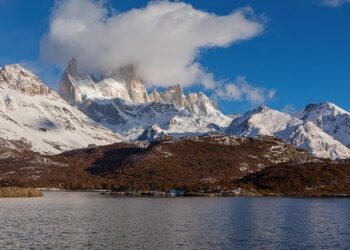Impact of Proposed Developments on Local Ecosystem: Insights from the Portage Manor Nature Report
Introduction: Ecological Concerns Raised
The recently unveiled Portage Manor Nature Report has sparked significant discussions regarding proposed construction projects in the area. The document emphasizes that advancing these developments might jeopardize the region’s ecological well-being.
Overview of Ecological Health Risks
According to the report, potential environmental degradation arises from a variety of sources, including habitat destruction and increased pollution levels. These factors could lead to a decline in biodiversity, putting numerous plant and animal species at risk.
Statistical Insights on Local Biodiversity
A study conducted in early 2023 highlighted that South Bend’s local wildlife population has already seen a worrying decrease—approximately 30% over the last decade due to urban expansion. This alarming statistic reinforces the urgent need for responsible planning in any future ventures that could further encroach upon natural habitats.
Consequences of Ignoring Environmental Guidelines
The implications of neglecting ecological considerations are substantial. The report warns that such oversight can trigger a cascade effect, disrupting food webs and ultimately affecting human communities dependent on these ecosystems for resources like clean air and water.
Community Involvement is Essential
Engaging local inhabitants in discussions about land use decisions is crucial. Community stakeholders are increasingly advocating for transparency and accountability from developers to ensure their activities align with sustainability goals rather than compromising environmental integrity for short-term gains.
Conclusion: A Call for Sustainable Practices
addressing concerns laid out in the Portage Manor Nature Report is not merely an academic exercise; it serves as a critical reminder that we must prioritize ecological health when considering new developments within South Bend. Sustainable practices should be at the forefront of urban planning strategies to safeguard our community’s natural heritage for future generations.































